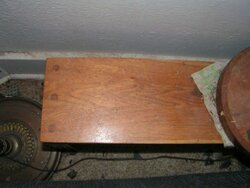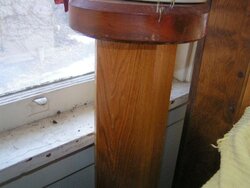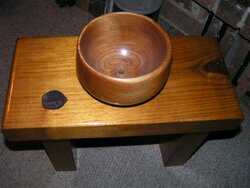smokinj
Minister of Fire
Thistle said:GolfandWoodNut said:blujacket said:Butternut?
I was just going to say pig nut Hickory. I have serval Hickory's that look just like that.
Way too dark for Butternut.Odds are its Black Walnut going by that purplish-chocolate hue..Persimmon has to be very old to even have any heartwood,and then its just a small core of nearly black very dense wood.Hence its other not-so common name American Ebony,its a distant cousin of tropical ebonies growing in Asia & parts of Africa.
Leave are not thin enough and no walnuts its a very big bumper crop for walnuts this year, mine are dropping hard already from the nuts! (Fall is going to suck nuts)










